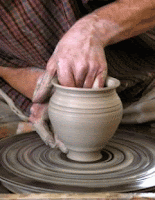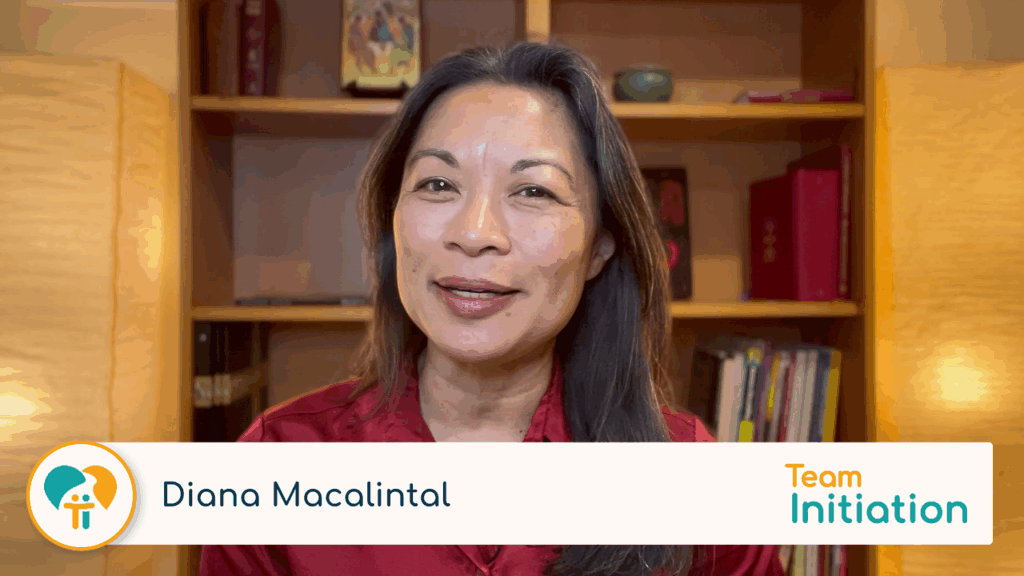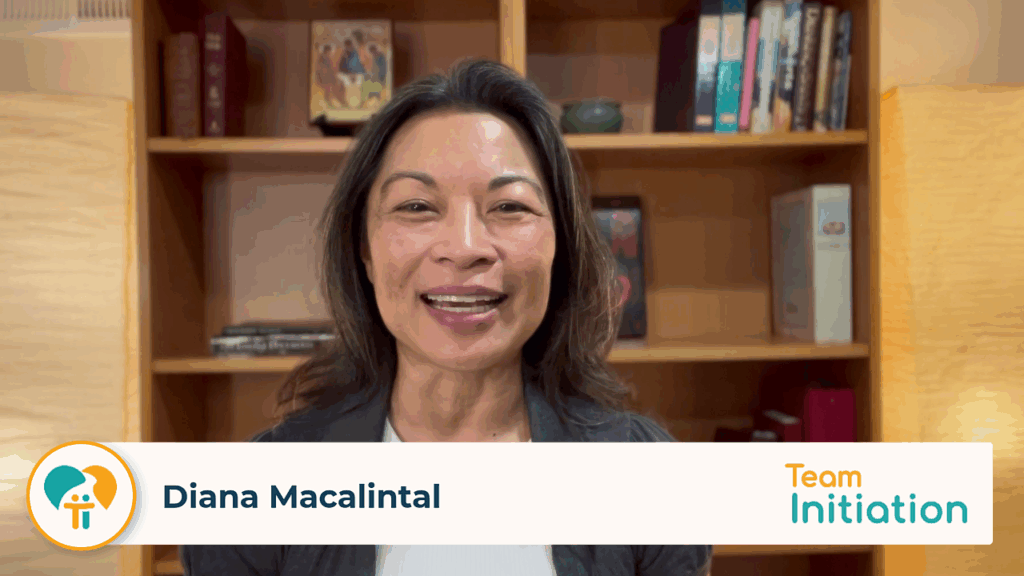The following is Part 1 of a brief overview by Diana Macalintal of the initiation process for adults considering becoming Catholic. Based on material originally written for the Diocese of San José website, you are welcomed to use or adapt it for your own parishes.
Click here to download a formatted handout (pdf) of this article which you can copy for free.
===
How Do I Become Catholic?
Part 1: God is calling. Now what?
by Diana Macalintal
© 2007, Diana Macalintal.
All rights reserved.
 Learning to Respond
Learning to Respond
God works in many different ways. Most of the time, God works through ordinary people and events—a parent, a friend, a beautiful sunset, a song, an inspiring story. Other times, we hear God’s call during crisis moments or major life-changes—a birth, an engagement, a sickness, a death. Sometimes, we just have a feeling that something is missing. No matter what your reason for thinking about becoming Catholic, our hope and prayer is that when God calls, you will respond. (If you’re reading this, you’ve already begun to respond!)
One part of the Catholic Church’s mission is to help people respond to God as best they can. For Christians, initiation and on-going participation in the life of the Church are the primary responses to God’s call. Through the process of becoming Catholic, we try to help people learn how to respond to that call not just for the moment of baptism but for everyday of their lives. The way we learn how to respond is by actually doing what Catholics do. So the process of becoming Catholic is not so much about learning things as in a classroom but learning a way of life as an apprentice learns from a master and that master’s community.
Becoming an Apprentice
Becoming Catholic is like an apprenticeship. In the art department of a university I attended, there was a “master potter” who was the teacher for all the pottery students. But his students didn’t really have classes in a classroom like you would have at a school. What they did have was a lifestyle, or a discipline, and they all agreed to live by that lifestyle. In their discipline, the master potter agreed to teach them everything he knew, and the students agreed to watch the potter and follow his example. In a way, they became his disciples.
Every so often, the potter showed them a new skill, like making a tiny tea cup, while the students watched. Then he told them, “Make 100 tea cups like this every day for the next month. When you can do that, then you’re ready to go on to the next step.”
Yet the potter wasn’t only teaching skills; he was also introducing them to the lifestyle of a being a potter. So he had them eat together (using the plates and cups they made), talk about life with each other, take walks together looking at nature for inspiration, and even chop wood together for the kiln that fired their pottery. Little by little and day by day, the students were becoming potters themselves, learning by watching the master, doing as he did, and living as he lived.
Becoming Catholic is a lot like this. There are stages to follow, benchmarks to watch for, and disciplines to be learned and lived before moving on the next step. The process is called the Rite of Christian Initiation of Adults (often called RCIA). In Part 2: Beginning the Process of Becoming Catholic, we’ll look at the first stage of this apprenticeship into Christian life.


















Diana: I loved your beautiful, sensitive article: Are you thinking about becoming Catholic? Thank you for allowing us to use it!
The images you use provoke such depth – that’s what I loved about your presentations at Forum.
I thank God for your giftedness…
P.S. Did you ever receive the photo of the music group at Forum in September? I sent it shortly after that. Pat